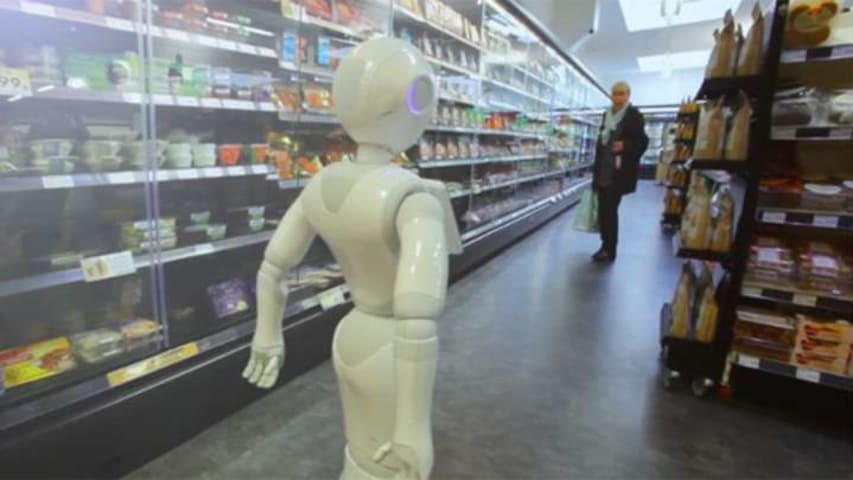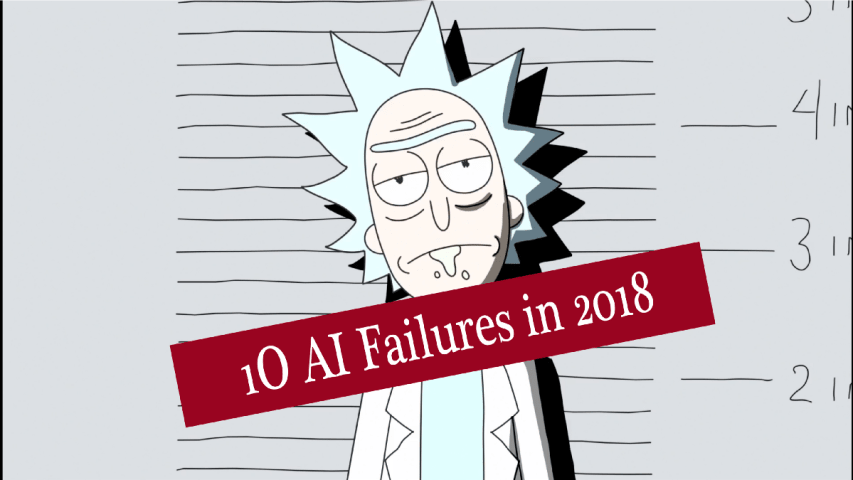Entities
View all entitiesCSETv0 Taxonomy Classifications
Taxonomy DetailsProblem Nature
Specification, Assurance
Physical System
Vehicle/mobile robot, Software only
Level of Autonomy
Medium
Nature of End User
Expert
Public Sector Deployment
No
Data Inputs
Customer requests
CSETv1 Taxonomy Classifications
Taxonomy DetailsIncident Number
64
Special Interest Intangible Harm
no
Date of Incident Year
2018
Estimated Date
Yes
Multiple AI Interaction
no
Embedded
yes
Risk Subdomain
7.3. Lack of capability or robustness
Risk Domain
- AI system safety, failures, and limitations
Entity
AI
Timing
Post-deployment
Intent
Unintentional
Incident Reports
Reports Timeline

Every few months there's a story warning us that robots will take over our jobs within five, 10, or 20 years. You don't get a lot of stories about robots taking over jobs right here and now. So what would happen if robots were hired now? Ar…
Variants
Similar Incidents
Did our AI mess up? Flag the unrelated incidents
Similar Incidents
Did our AI mess up? Flag the unrelated incidents



